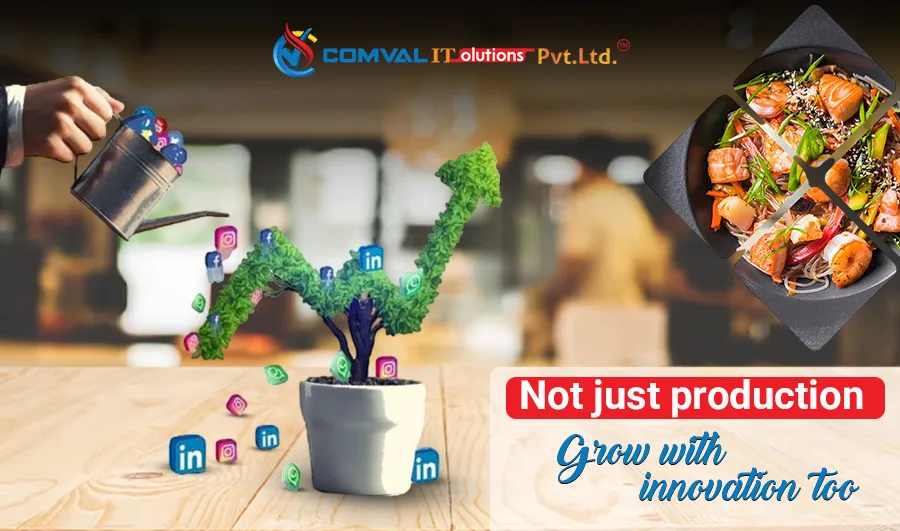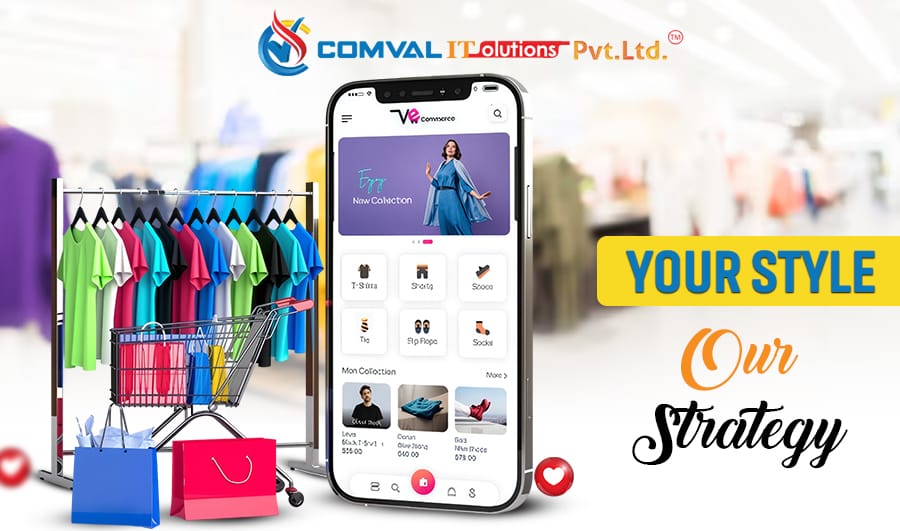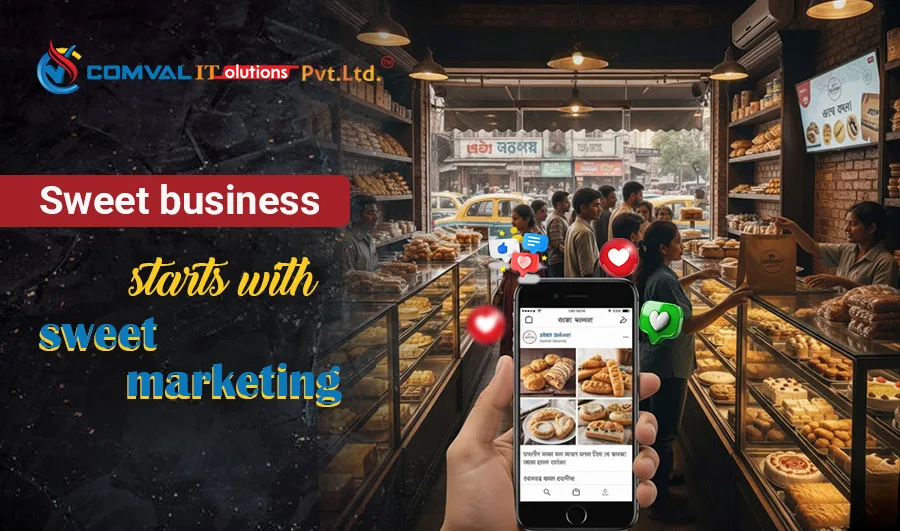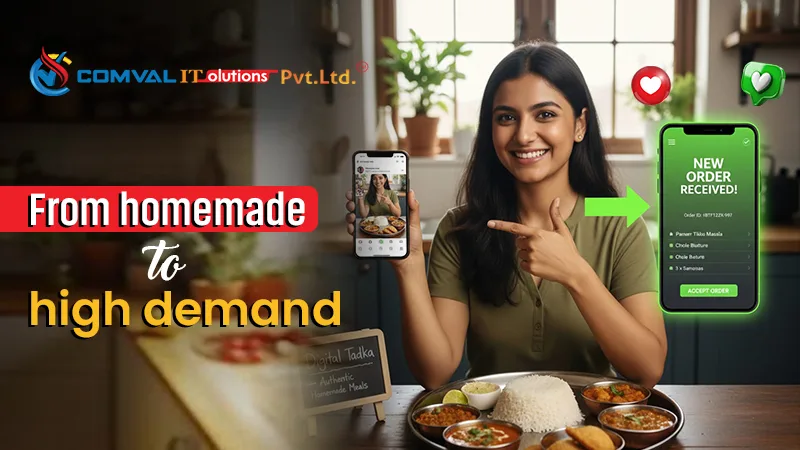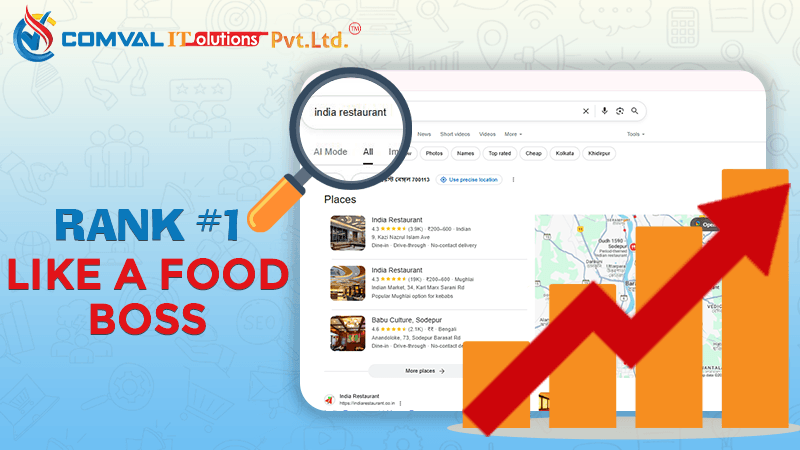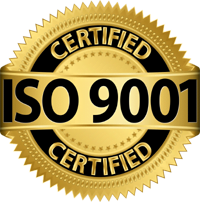Not long ago, food manufacturers measured success by distribution networks, retail shelf space, and production capacity. Today, the battlefield has shifted. Consumers are making decisions online, influenced by what they see on search engines, e-commerce apps, and social media platforms.
The Indian food market reflects this shift, with revenues projected to reach USD 869.47 billion in 2025 and growing at a CAGR of 6.6% until 2030, fuelled by urbanisation and evolving consumption patterns.
At Comval, we work with manufacturers who realise that production alone is no longer enough. Digital visibility now defines who gets discovered, who is trusted, and who grows the fastest.
Why The Shift To Digital Cannot Be Ignored
The global food and beverage industry is crowded with new brands launching daily, while India is witnessing a surge of digital-first startups that scale rapidly using online campaigns. Large and small businesses alike are embracing new buyer channels. Platforms such as Blinkit, BigBasket, Flipkart, and Amazon have become primary gateways, with consumers shifting away from neighbourhood grocers towards app-based convenience.
To remain competitive, manufacturers need to be searchable, clickable, and memorable across these digital touchpoints.
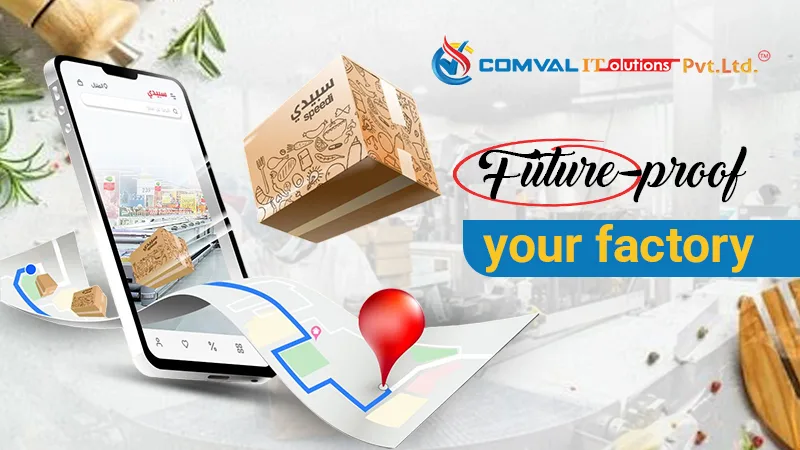
How Digital Marketing Impacts Food Manufacturers
Online discovery is now central to sales. Over 93% of online activities start with a search engine, which means optimised product pages and content are critical. A manufacturer producing “organic flour” or “protein-rich snacks” is invisible without SEO-led visibility.
Trust and credibility are also shaped online:
-
88% of customers trust online reviews as much as personal recommendations.
-
Ratings on e-commerce sites and social platforms are digital word-of-mouth
Social media has effectively become a second marketplace:
-
Instagram Reels showcase snack recipes or plating ideas.
-
Facebook contests attract community engagement.
-
LinkedIn helps connect manufacturers with B2B distributors.
-
YouTube demos reveal product quality or nutritional value.
With 74% of diners choosing where to eat based on social media presence, and 22% returning because of it, engagement-friendly content and overall digital marketing is a clever investment.
Traditional Vs Digital Marketing For F&B Manufacturers
Manufacturers who once relied solely on distributors now see customers discovering products online, leaving reviews instantly, and making purchase decisions based on visuals.
This shift changes the balance of influence and creates new opportunities, as reflected below:
| Aspect | Traditional Approach | Digital Advantage |
|---|---|---|
| Visibility | Distributor and retail shelf | Search engines, e-commerce, social media |
| Feedback | Through intermediaries | Instant reviews and ratings |
| Outreach | Mostly regional | Pan India |
| Marketing Spend | Fixed with limited tracking | Flexible with measurable ROI |
| Buyer Influence | Retail placement | Social media and user engagement |
| Purchase Action | At physical stores | 57% of reservations made directly via social platforms |
| Decision Drivers | In-store promotions | 40% of people visit after seeing food photos online |
A Framework For Food Manufacturers Going Digital
For manufacturers, embracing digital means much more than placing a few ads online. It requires a strategy that blends visibility, trust, and long-term engagement. Success lies in showing up where buyers search, creating credibility through reviews and content, and sustaining conversations across platforms.
Every digital presence needs a strong foundation. Without it, even the best campaigns will not deliver results.
-
Create a professional website or landing page that acts as a digital showroom for your products, complete with clear menus, product information, and contact details.
-
Claim and optimise Google Business profiles, ensuring addresses, phone numbers, and timings are accurate, as this drives local search visibility.
-
Maintain branding consistency across packaging, websites, and social media so the brand is instantly recognisable both online and offline.
Once the base is ready, the next step is to ensure potential buyers can find the products quickly and easily.
-
SEO campaigns focused on high-intent keywords such as “organic flour supplier” or “ready-to-eat meals in Kolkata” ensure products appear at the right moment of search.
-
Run paid promotions during new launches or festive seasons when consumer demand peaks, targeting both B2B buyers and end consumers.
-
Invest in visuals, as e-commerce and social channels.
Visibility gets you noticed, but engagement keeps customers coming back. The final step is about creating active two-way relationships.
-
Use Instagram and Facebook for interactive content such as recipe reels, contests, and polls that connect products to everyday life.
-
Leverage LinkedIn and email campaigns to speak directly to distributors, retailers, and partners, keeping B2B channels strong.
-
Maintain reputation, as reviews and ratings influence purchase decisions as much as personal recommendations. Timely responses to feedback, both positive and negative, help build trust.
Closing Note
The production line will always remain at the heart of food manufacturing. But in 2025 and beyond, success belongs to brands that dominate the digital shelf. With India’s online food delivery market growing, social media directly influencing reservations, and reviews shaping trust as much as personal referrals, manufacturers cannot afford to stay invisible.
Too much work added to existing business pressure?
No worries! At Comval, we help food manufacturers secure their place on the digital shelf with proven strategies and digital marketing tactics. We can help your products be discovered, remembered, and purchased in this digital-first market. Call us at +91 8100087678 and state your requirements.



